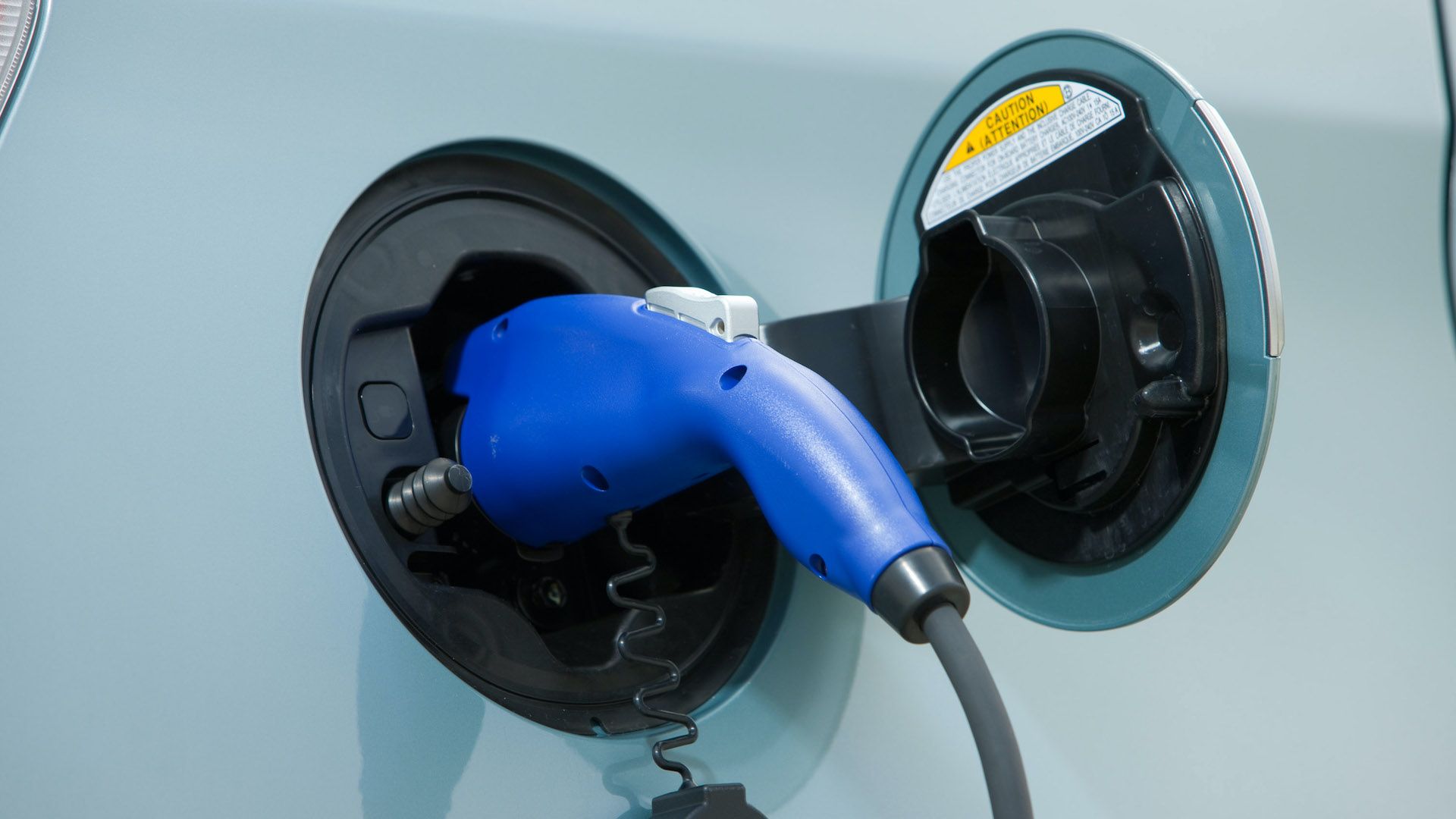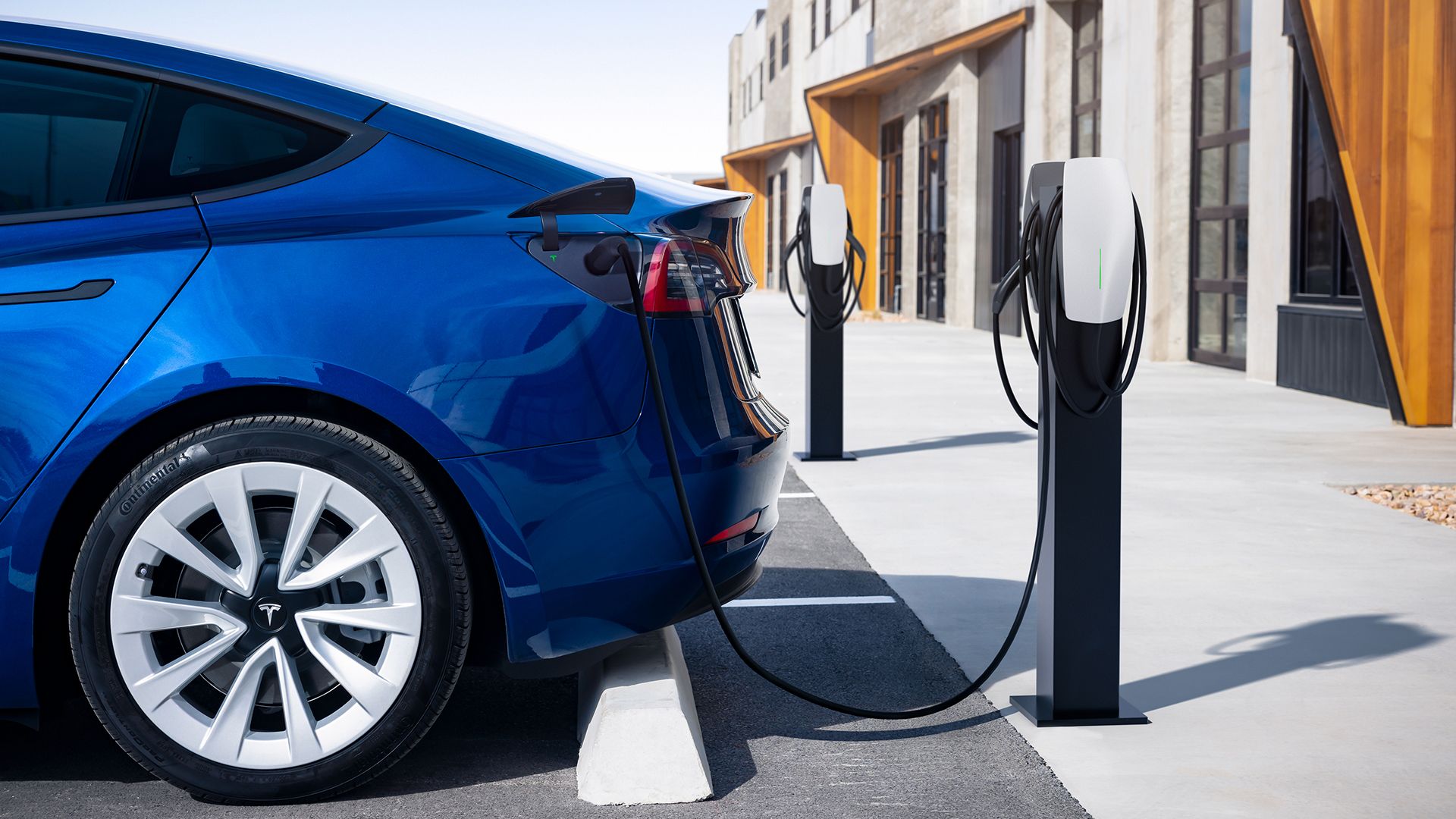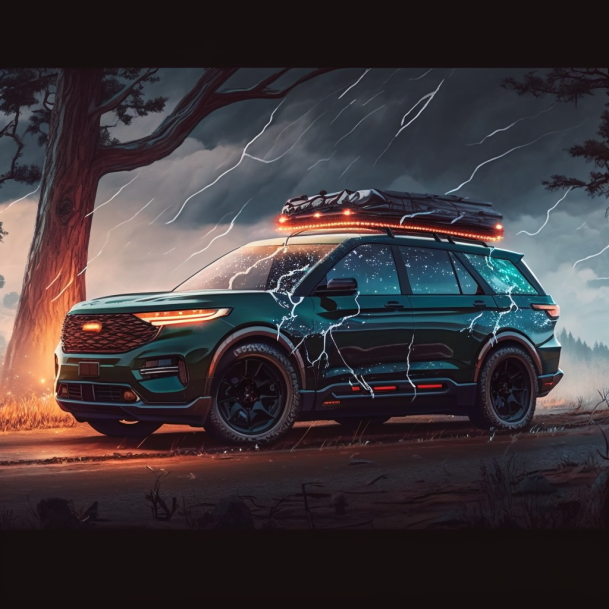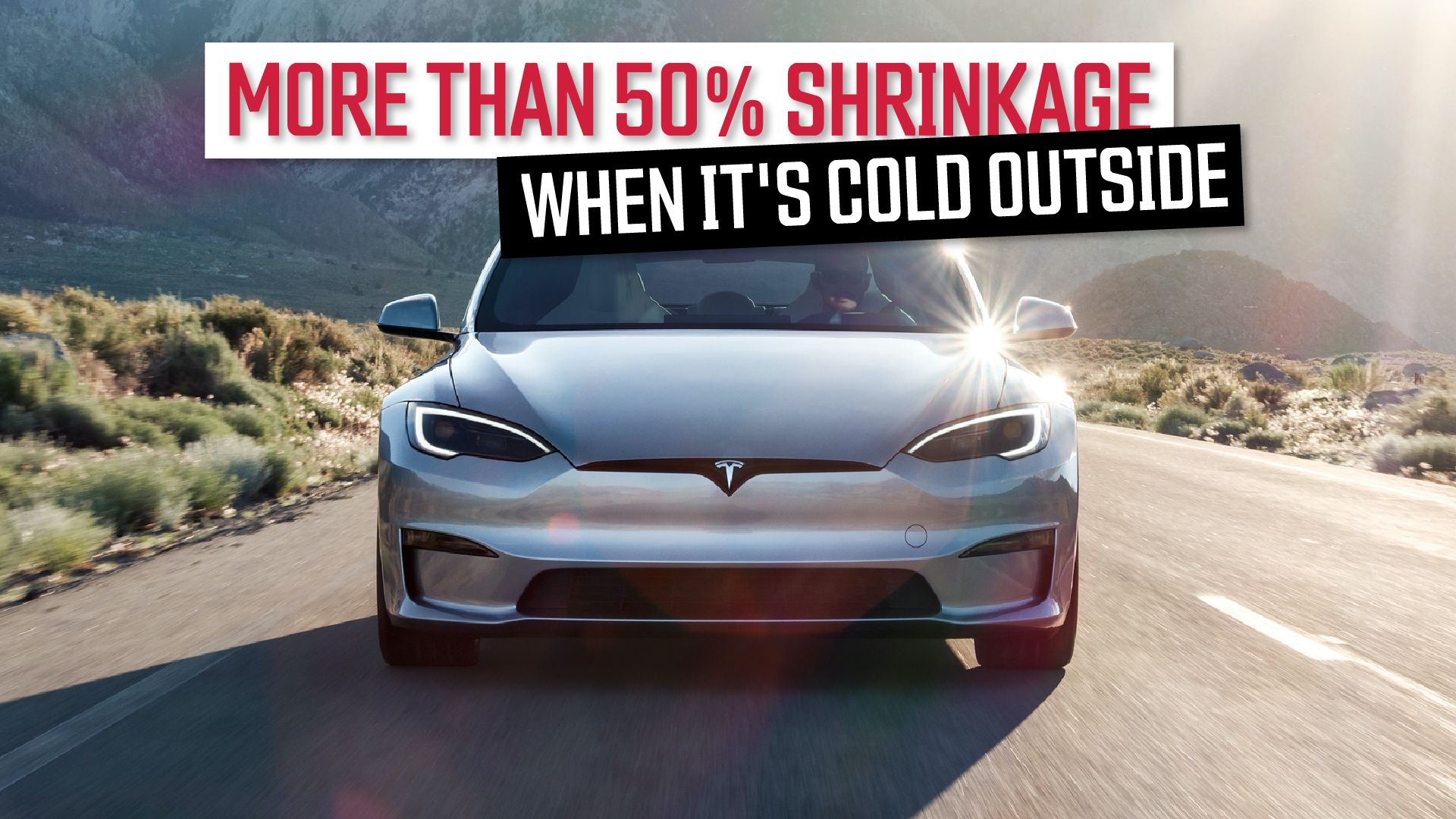The EV revolution has been gripping the world across the past decade or so, and as the technology improves, drivers are becoming more and more interested in swapping their traditional internal combustion-engined (ICE) cars for quieter and cleaner electric vehicles. That said, key problems like range anxiety are still a prevalent talking point with them, especially as EV charging infrastructure remains suboptimal in many territories. And the vehicles with the best range are often still very expensive and not within reach of the average person – the 512-mile Lucid Air Grand Touring starts at over $110k, for example.

- Founded
-
2007
- Founder
-
Bernard Tse & Sheaupyng Lin
- Headquarters
-
Newark, California
- Owned By
-
Publicly Traded
- Current CEO
-
Marc Winterhoff (interim CEO)
These issues can be heightened even further when loading up a car full of cargo or using external accessories. This is how these accessories will affect the range of your EV, and how you can try to make up some of the difference with other methods.
We explore how standard car accessories like roof boxes will affect the range of electric vehicles, and what you can do to minimize losses.
Range In Modern EVs Is Still A Big Talking Point
While EVs are convenient in that they don’t kick out any carbon dioxide or other nasty emissions, and are easy and fun to drive due to their instant torque delivery and punchy performance, most of them still lack in terms of range when compared to traditional ICE vehicles. While many affordable EVs, such as the Tesla Model 3, can only manage a theoretical range of around 350 miles or so, affordable ICE cars can easily manage north of 400 miles, with hybrids faring even better.
Subpar EV Infrastructure Makes The EV Problem Worse
This lack of outright range could be mitigated if EVs were convenient to charge. The trouble is, EVs take longer to charge than it takes to fill the gas tank of an ICE vehicle, even if you use one of the various fast charging stations dotted around the US. This means that you’ll need to spend longer waiting around for your vehicle to charge, as well as more often, due to the lack of peak range forcing you to make extra stops when compared to an ICE vehicle.

Discussion
What’s holding you back from buying your first electric vehicle?
The number of EVs on the market continues to grow with better products being produced as time goes by. There’s also a wider range of electric vehicles now, from sedans to trucks and SUVs. There are, however, challenges to owning one with worries about driving range and charging speed along with their higher price being the most-often cited reasons for now going electric. What’s holding you back from buying your first electric vehicle?
This issue is compounded by the fact that there are way fewer EV charging stations in the US than gas stations, with the US Department of Energy reporting that fewer than 70,000 EV stations were operating by the end of 2023, as opposed to over 196,000 fuel stations in active duty. This is where range anxiety comes in, as it can be tougher to track down a suitable charging facility, should you start to run low on electrons. These concerns are heightened even further when tackling longer 500+ mile road trips, which may see you fitting your vehicle with accessories to carry extra cargo such as bikes. That said, things are rapidly changing for the better for US EV drivers in this regard.
Many Different Types Of Accessories Are Available
While many of these extras can be purchased from third-party suppliers, many vehicle manufacturers offer specifically designed versions for their range of products. Take Volvo, for example, which offers a ton of different options for its EX90 SUV. These range from standard cargo-holding roof boxes, to more specialized kit like kayak, bike, and even ski holders. The Swedish automaker even offers a roof-mounted tent, which can provide utilitarian outdoor living for adventure-loving people.

Related
6 Pro Tips: How To Extend Your EV’s Battery Life
From storage to charging, here’s how to maximize range, battery life, and more.
These Accessories Have A Negative Effect On The Range Of Your Vehicle
While these extras make it easier to transport equipment to wherever you need to get it, they do come with a couple of drawbacks when it comes to affecting your vehicle’s efficiency. For a kick-off, they add a fair amount of weight, which forces the powertrain to work harder and use more energy to keep the car moving, particularly uphill. They also cause a ton of drag, which again puts the powertrain under more strain to power the car through the air, wasting yet more precious energy.

Related
Ford Plans To Electrify Roof Racks So You Can Power More Gear
The Blue Oval seems to be preparing an onslaught of new off-road-friendly products for vehicles like the Explorer and F-150.
And this is just with them mounted on their own, let alone with the extra cargo protruding from them or adding even more weight.
The effects of these accessories are profound on ICE vehicles and EVs alike. British publication CarWow conducted some in-depth research into the subject in 2022. An electric Škoda Enyaq SUV with a rear-mounted motor and 77-kWh battery pack – essentially the Czech automaker’s version of the Volkswagen ID.4 – was put to the test with and without a range of accessories to see how its range would be affected. Considering the model used had a theoretical range of 318 miles, its charted range of just 200 miles when traveling at 70 mph wasn’t a promising start.
|
How Accessories Can Affect EV Range (2022 Škoda Enyaq 77 kWh RWD) |
|
|---|---|
|
70 mph Solo |
200 miles |
|
70 mph with Roof Box |
177 miles |
|
70 mph with Bike Rack |
169 miles |
|
70 mph with Ski Rack |
162 miles |
|
60 mph Towing Camping Trailer |
100 miles |
Things unsurprisingly took a turn for the worse when roof-mounted extras like a bike rack and roof box were equipped, with the range dropping to 169 miles with the former and 177 miles with the latter. One of the worst offenders was an innocent ski rack, which caused the Enyaq’s theoretical range to tumble to just 162 miles, a near 25% decrease. Things took an even sharper nosedive once a camper trailer was attached to the tow hitch, with the Škoda’s range falling to 100 miles, despite driving at an even slower 60 mph.
These tests clearly illustrate just how profound an effect the extra weight and drag these accessories have on the range of an EV. As an extreme example, you’d need to stop five times during a 500-mile road trip if you were towing a camper trailer at just 60 mph, which could add hours to your journey, depending on how busy each EV charging station was. As a result, opting for an ICE for these kinds of jobs will likely make more sense for most drivers, given the current state of EV infrastructure in the US and how EVs are, in some ways, more inefficient than their gas counterparts.
There Are Ways To Try And Minimize Range Losses
For those who already own an EV and are looking to preserve as much energy as trouble on their next extended trip, there are some key driving methods you can employ to help improve your chances of reducing the number of stops you’ll need to make. Making the most of your vehicle’s regenerative braking system is key, as the higher you have it set, the more energy it’ll recuperate when slowing down.

Related
These EVs Struggle The Most With Range In The Winter
Electric vehicle driving ranges can be significantly affected during winter. These are the 10 models that struggle the most.
Ensuring you only carry what you need will also help, as the car will have to do less work by lugging less weight around. Speaking of giving the car an easier time, ensuring that you nail your tire pressures based on how much weight the car is carrying will help. Having underinflated tires will increase friction, forcing the car to work harder to move forward and thus putting extra load on the powertrain, which in turn will waste extra energy. Underinflated tires are also downright dangerous, and increase the chances of a tire blow-out. Minimizing the use of onboard systems like the air conditioning will also help, as will being easier on the throttle when accelerating.
When putting all these elements into practice, you’ll be able to add miles to your theoretical range. That said, as EV technology and infrastructure improve year-on-year, these issues will hopefully become less of a thorn in the side of EV drivers over the future.
Sources: Volvo, US Department of Energy, CarWow.




